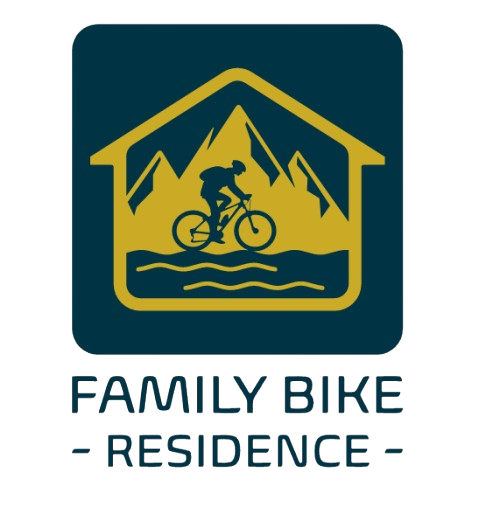The Spa at the Noni Villa
The existence of a Roman villa in Predore is something that was discovered at the end of the last century. Since 2003, the redevelopment works of the large area occupied by the former Lanza Gomme factory plant uncovered another section of the villa.
The building covering an area of about 15,000 square meters extended in a north-south direction from the foot of the mountain, slightly beyond the current main highway, down to the shore of the lake, which at the time was about 70 m closer than it is today; the eastern and western boundaries were defined by two streams, to the east by the stream descending from the Muradella valley and to the west by the Rino stream.
The villa, inhabited since the 1st century AD to 4th century AD, is renowned for its Spa which was built between the 2nd and 3rd centuries. It is believed that this work is to be related to the presence in Predore of the family of the Consul and Senator Marco Nonio Arrio Muciano, to whom the house probably belonged, which featured mosaics found during occasional research and excavation works.
The Spa area can be visited today. An antiquarium has been built on site that allows visitors to look directly at the remains and to follow their development to the right, immediately after the illustrative panels.
The construction of the Spa in the western section of the villa required considerable architectural interventions that changed the previous construction, of which little is known. The masonry evidence of the early phases, from 1st century BC and 1st century AD are only partially preserved at the foundation level, as they were incorporated or covered by works during later phases.
The Spa areas reveal a classic layout: they start from the north-east with the calidarium, consisting of four rectangular and adjacent rooms, equipped with hypocaust heating. The hypocaust system consisted in the circulation of hot air in the cavity formed between two floor levels separated by circular or rectangular brick pillars, arranged at regular intervals (pilae). The hot air was delivered by a single large furnace (praefurnium) which was accessed by an underground compartment: a layer of ash one meter thick was found inside which provides historical evidence of the prolonged use of the system. This layer even managed to occlude the entrance, so it was necessary to create a new entrance with a descending staircase, visible in the north-east corner of the room. It is yet to be understood for what reason the combustion remains were not removed; among them the remains of olive trees has been recognised, the earliest evidence of its cultivation in the area of the great pre-alpine lakes.
During a later phase the south-west perimeter of the building was demolished in order to build the tepidarium – frigidarium complex. The first, a room with a moderate temperature, had a circular shape and acted as a pivot with the new wing, offset towards the east by about 15 degrees. The frigidarium, so called due to the presence of cold water, is a rectangular room, originally featuring a floor and wall covering with stone slabs and a fountain in the north-west corner, of which there are the remains of lead fistulae (water pipes) and traces on the floor level. The frigidarium opened to the south towards the natatio, a large bath paved with large square local white stone slabs.
Among the findings exhibited in the antiquarium one that deserves a mention is a brick with a face covered by various graffiti (alphabetical sequence, numbers, unknown signs), the result of a school exercise: the bricks in fact, during the drying phase, served as writing supports. Of particular note is a scripture referring to an essay which cites the god Neptune, whose cult was widespread in the cisalpine area, where it was associated with the presence of rivers and lakes.
Chiara Ficini












